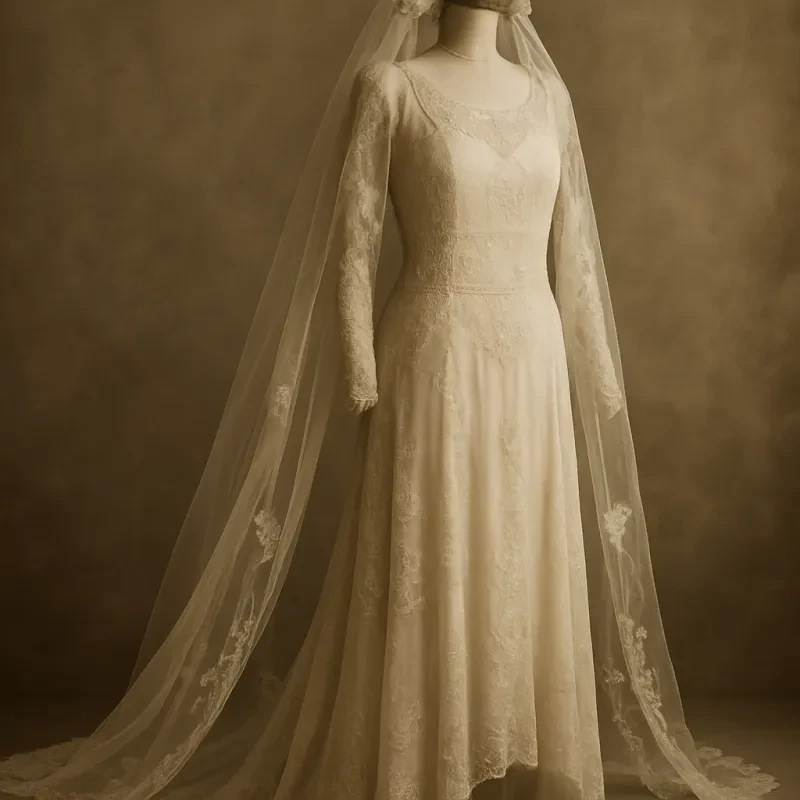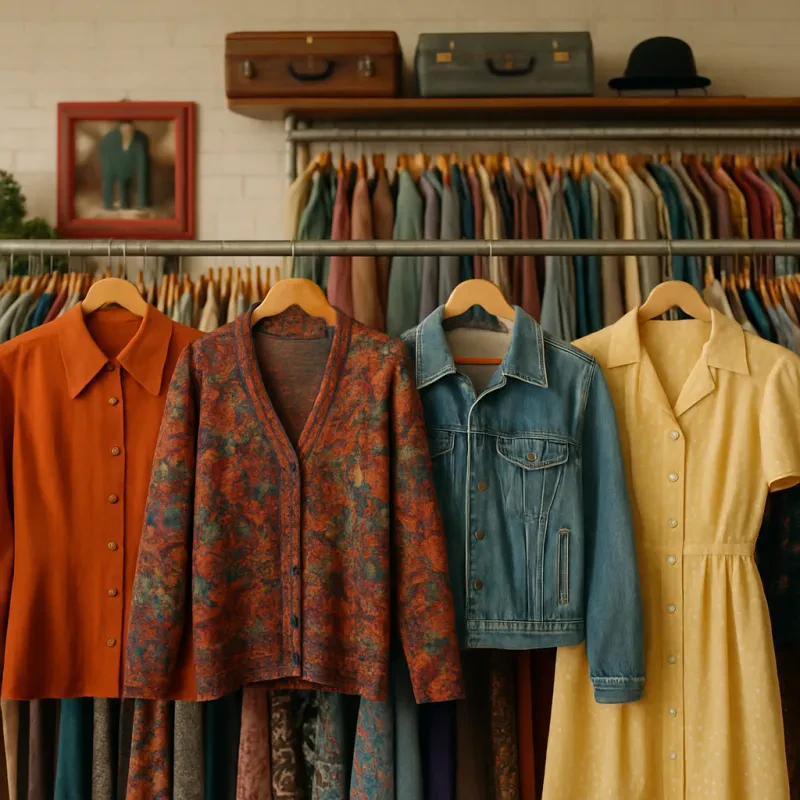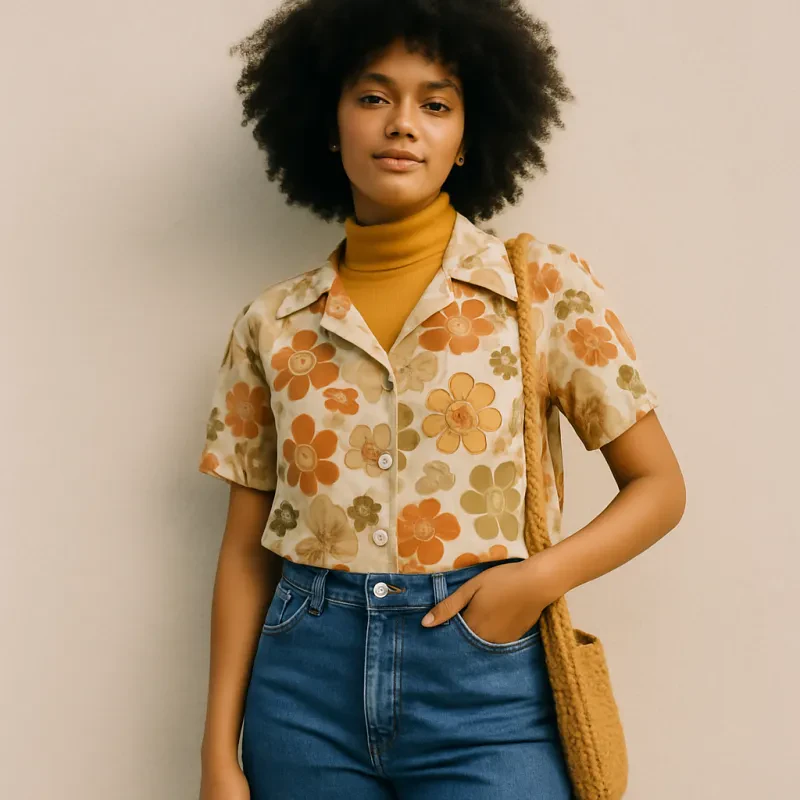One of the most iconic styles of the 1940s was the classic silhouette that defined women's fashion during this era. The hourglass figure was celebrated, with fitted tops and full skirts that emphasized curves in all the right places. Women embraced this feminine shape, often accentuating their waist with belts or sashes to enhance their natural curves.
Another popular silhouette from this time period was the tailored suit, which exuded sophistication and confidence. Women began wearing suits with padded shoulders and tapered waists, giving them a strong and powerful look. These suits were often worn with matching skirts or trousers, creating a polished and professional ensemble that was perfect for both work and social occasions.
In addition to these structured silhouettes, the 1940s also saw the rise of more casual and relaxed styles. Shirtwaist dresses became a staple in many women's wardrobes, offering a comfortable and versatile option for everyday wear. These dresses featured a button-down front, cinched waist, and full skirt, combining fashion and function in a practical and chic way.
Utility-Inspired Fashion
One of the most iconic pieces of utility-inspired fashion from the 1940s is the jumpsuit. Originally designed for factory workers, jumpsuits became a popular choice for women working in various industries during the war. These one-piece garments were not only comfortable and easy to move in, but they also symbolized the newfound independence and strength of women during this era.
Another essential item in a 1940s woman's wardrobe was the shirtwaist dress. Known for its button-down front and tailored waist, this dress was both practical for everyday wear and elegant for special occasions. Paired with a wide belt and pumps, the shirtwaist dress became a versatile staple in every woman's closet.
In addition to jumpsuits and shirtwaist dresses, accessories such as headscarves, brooches, and saddle shoes also became essential elements of a woman's wardrobe during the 1940s. These items not only added a touch of femininity to utility-inspired outfits but also showcased the resourcefulness and creativity of women as they navigated the challenges of wartime fashion.
War-Time Restrictions
During the 1940s, women faced a number of restrictions when it came to their wardrobe choices due to the ongoing World War II. One of the most notable restrictions was the limitation on fabric use. With resources being allocated towards the war effort, fabrics like silk and nylon were in short supply, leading to the popularity of more practical options like cotton and rayon. Women were encouraged to make do with what they had and to prioritize clothing that could withstand the demands of daily life.
Another significant restriction during this time was the rationing of certain materials. Items like shoes, stockings, and even buttons were in short supply, leading women to get creative with their resources. This meant that clothing had to be practical and versatile, allowing women to mix and match pieces to create new looks. Accessories also played a crucial role in transforming an outfit, as they could add a touch of glamour without using precious fabric.
With the focus on functionality and practicality during the war years, women's fashion took on a more utilitarian feel. This meant that suits, dresses, and separates were designed with clean lines and simple silhouettes that could easily transition from day to night. Utility dresses became a popular choice, as they were both comfortable and stylish, allowing women to move freely in their daily activities. Overall, the restrictions imposed during the war years forced women to rethink their approach to fashion, leading to a more streamlined and efficient wardrobe.
Influence on Modern Style
Another essential item from the 1940s that continues to be a staple in many women's wardrobes is the classic pencil skirt. This slim-fitting, knee-length skirt became popular during this time and has remained a timeless piece that can be dressed up or down for any occasion. The pencil skirt is a perfect example of how 1940s fashion emphasized tailored and structured clothing that accentuated the natural curves of a woman's body.
Accessories also played a key role in 1940s women's fashion and have continued to be essential in modern style. Statement hats, gloves, and pearls were all popular accessories during this era, adding a touch of sophistication and elegance to any outfit. These accessories have stood the test of time and are still used today to elevate and add a polished finishing touch to a variety of ensembles. The influence of 1940s women's wardrobe essentials on modern style can be seen in the continued popularity of these key pieces and accessories that have remained classic and timeless throughout the years.


